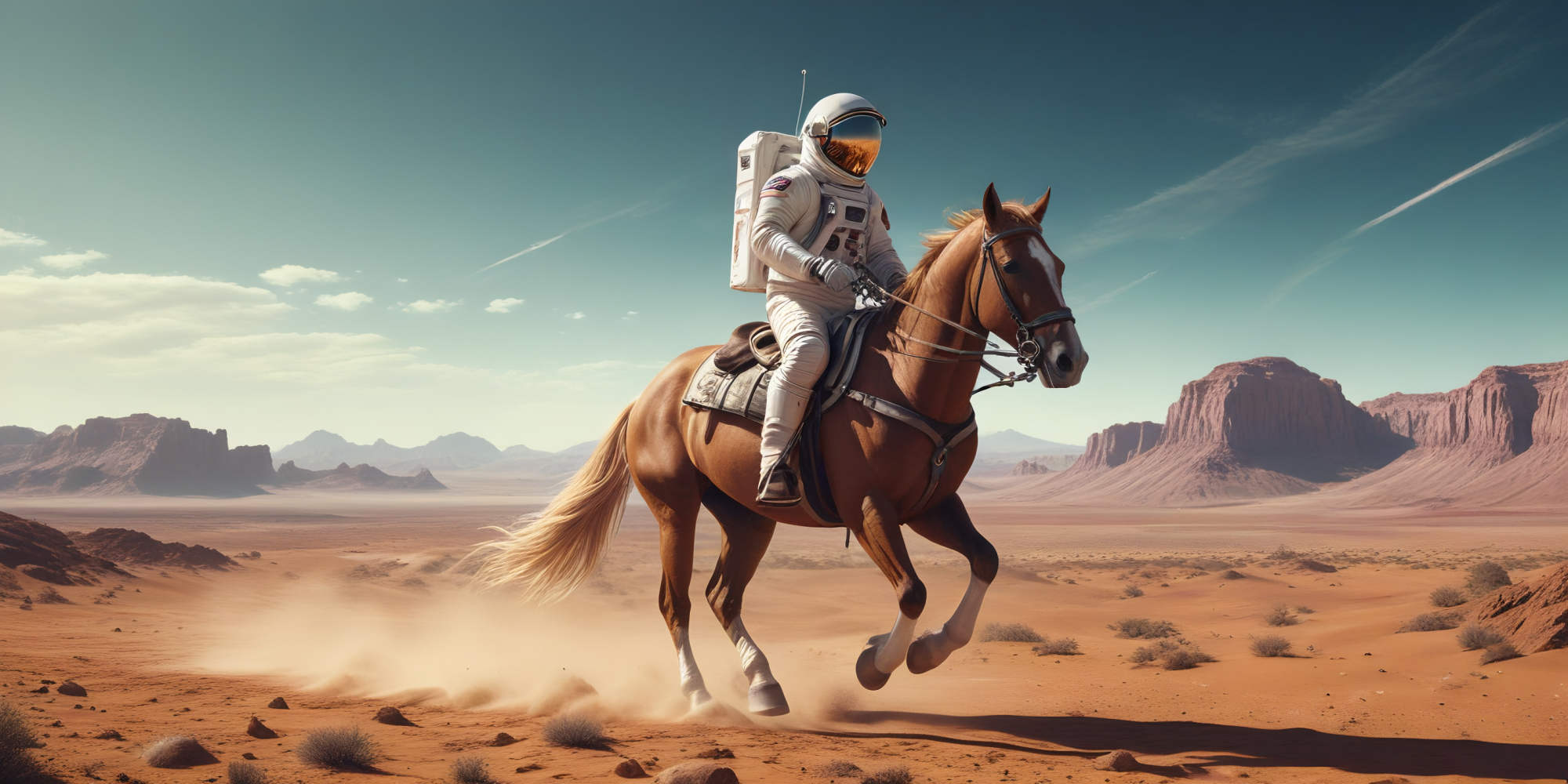Mastering the Art of AI: 7 Pro Tips to Craft Perfect Prompts for Stellar AI-Generated Images

Creating high-quality images with AI-powered tools like Deep-image.ai requires a nuanced understanding of how to effectively communicate with the AI through prompts. This article explores seven practical tips to optimize your AI art prompts, ensuring you get the best possible results when generating images.
1. Be Specific with Details
The more specific you are with your prompt, the more likely you are to receive an image that meets your expectations. Instead of a broad prompt like "a sunset," try "a vivid sunset over the Grand Canyon, reflecting off the river below, with deep red and orange hues." Specificity helps the AI understand the exact scene, colors, and mood you are envisioning.

2. Define the Style Clearly
If you have a particular artistic style in mind, make sure to include that in your prompt. Whether you're looking for something that mimics the brushstrokes of Van Gogh or the surrealism of Salvador Dalí, explicitly mentioning the style can guide the AI in the right direction. For example, "a futuristic cityscape in the style of a 1980s sci-fi movie poster" provides clear stylistic direction.
3. Use Artistic References
Incorporating well-known artistic references or specific artworks can greatly enhance the quality of AI-generated images. For instance, referencing "the color palette of Monet's 'Water Lilies'" can help the AI to replicate similar aesthetic qualities in your image. This not only guides the style but also the mood and composition.

4. Balance Between Detail and Flexibility
While detail is important, too much can constrain the creative possibilities of the AI. It's often beneficial to find a balance between providing enough information for guidance and leaving room for creative interpretation. A prompt like "an astronaut riding a horse in a surreal, dream-like desert landscape" sets a scene but leaves plenty of elements open to interpretation.
5. Iterate on Your Prompts
Don’t hesitate to refine your prompts based on the results you get. Sometimes, the first image generated may not fully meet your expectations, providing insights into how you might adjust your prompt. Iteration can be a powerful tool in honing in on the perfect image.

6. Consider Composition and Perspective
Describing the desired composition and perspective can drastically influence the final image. Phrases like "bird’s eye view" or "close-up portrait" set up a specific visual framework for the AI. Mentioning lighting, such as "backlit with a glowing aura," or "harsh shadows on the left side," can also significantly impact the mood and focus of the image.
7. Utilize Advanced Features and Settings
Many AI art platforms offer advanced settings that allow more control over the image generation process. Familiarize yourself with these tools—such as sliders for style strength, detail, color saturation, or even specific filters—to refine the output further. Using these features effectively can greatly enhance the quality of the generated images.

Conclusion
By employing these seven tips, you can significantly improve the effectiveness of your prompts and the quality of images produced by AI art tools like Deep-image.ai. Each prompt serves as a unique collaboration between your creative vision and the AI's capabilities, resulting in compelling and high-quality artistic creations.

